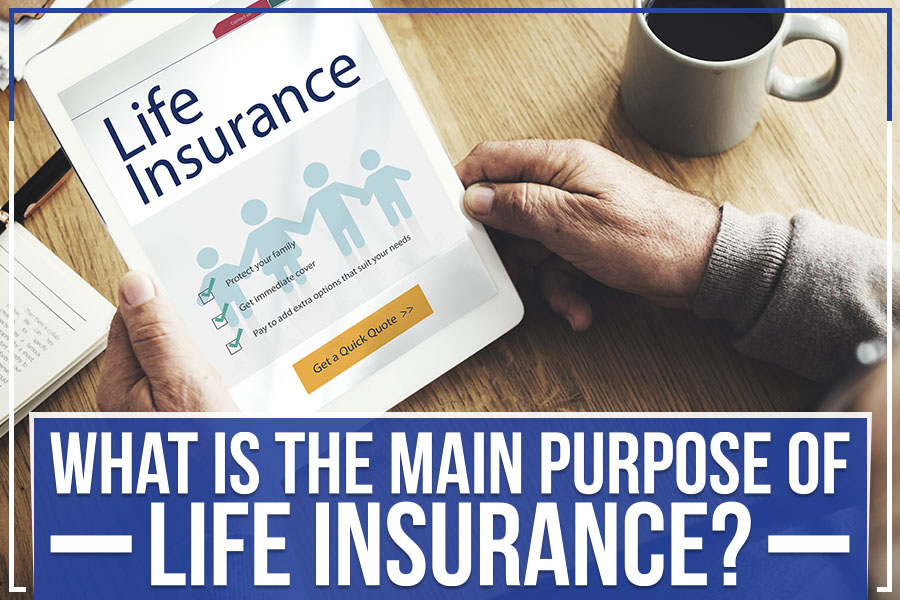Pacific Prime - Questions
Pacific Prime - Questions
Blog Article
The Greatest Guide To Pacific Prime
Table of ContentsAll About Pacific PrimePacific Prime Things To Know Before You Get ThisPacific Prime for DummiesThe Main Principles Of Pacific Prime Pacific Prime Things To Know Before You Buy

This is because the information were accumulated for a period of strong financial efficiency. Of the approximated 42 million people who were without insurance, just about concerning 420,000 (about 1 percent) were under 65 years of age, the age at which most Americans come to be eligible for Medicare; 32 million were adults in between ages 18 and 65, around 19 percent of all adults in this age; and 10 million were children under 18 years old, about 13.9 percent of all kids (Mills, 2000).
These estimates of the variety of individuals without insurance are generated from the yearly March Supplement to the Existing Populace Study (CPS), performed by the Demographics Bureau. Unless otherwise kept in mind, nationwide price quotes of individuals without health insurance policy and percentages of the populace with different kinds of insurance coverage are based on the CPS, the most commonly utilized resource of estimates of insurance coverage and uninsurance rates.
Facts About Pacific Prime Revealed

Still, the CPS is particularly valuable due to the fact that it generates yearly quotes fairly rapidly, reporting the previous year's insurance protection estimates each September, and because it is the basis for a consistent collection of quotes for greater than two decades, enabling analysis of trends in insurance coverage in time. For these reasons, as well as the extensive usage of the CPS in other studies of insurance policy protection that are provided in this report, we depend on CPS estimates, with limitations kept in mind.

The estimate of the variety of uninsured people increases when a populace's insurance policy condition is tracked for a number of years. Over a three-year period beginning early in 1993, 72 million individuals, 29 percent of the united state population, were without protection for a minimum of one month. Within a single year (1994 ), 53 million individuals experienced at the very least a month without protection (Bennefield, 1998a)
6 out of every 10 without insurance adults are themselves employed. Working does enhance the chance that one and one's household participants will have insurance, it is not a guarantee. Even participants of households with two full time breadwinner have practically a one-in-ten possibility of being uninsured (9.1 percent uninsured price) (Hoffman and Pohl, 2000).
The smart Trick of Pacific Prime That Nobody is Discussing
New immigrants represent a considerable percentage of people without medical insurance. One evaluation has associated a significant part of the recent growth in the size of the U.S. uninsured populace to immigrants who showed up in the nation between 1994 and 1998 (Camarota and Edwards, 2000). Current immigrants (those web link who involved the United States within the previous four years) do have a high price of being uninsured (46 percent), however they and their kids account for just 6 percent of those without insurance nationally (Holahan et al., 2001).
The relationship between medical insurance and access to care is well developed, as documented later in this chapter. Although the partnership between wellness insurance coverage and wellness results is neither direct neither simple, a considerable clinical and health services study literature links health insurance protection to improved accessibility to care, far better high quality, and improved personal and populace health and wellness standing.
Levels of analysis for examining the results of uninsurance. It focuses specifically on those without any wellness insurance coverage for any size of time.
The Ultimate Guide To Pacific Prime
The troubles faced by the underinsured are in some areas comparable to those encountered by the without insurance, although they are typically much less extreme. Wellness insurance coverage, however, is neither required nor enough to gain accessibility to medical services. The independent and straight impact of health insurance protection on access to wellness services is well established.
Others will certainly acquire the healthcare they require also without health and wellness insurance coverage, by paying for it expense or seeking it from carriers that provide care cost-free or at very subsidized prices. For still others, medical insurance alone does not guarantee invoice of treatment since of various other nonfinancial obstacles, such as a lack of healthcare service providers in their neighborhood, minimal access to transportation, illiteracy, or linguistic and cultural distinctions.
Pacific Prime for Dummies
Official research study about uninsured populaces in the USA dates to the late 1920s and very early 1930s when the Committee on the Price of Treatment created a collection of reports about funding physician office visits and hospitalizations. This problem came to be significant as the varieties of clinically indigent climbed up during the Great Anxiety.
Report this page